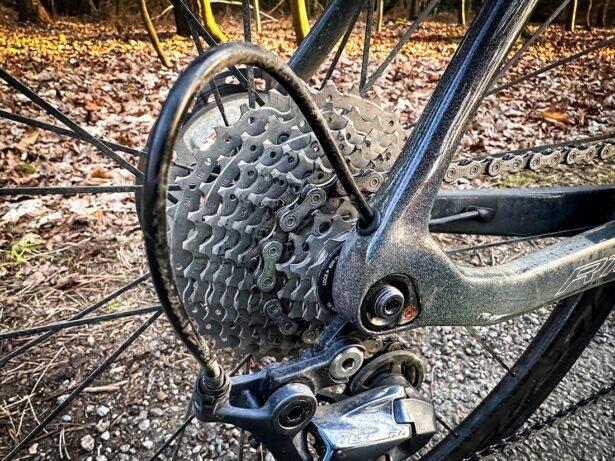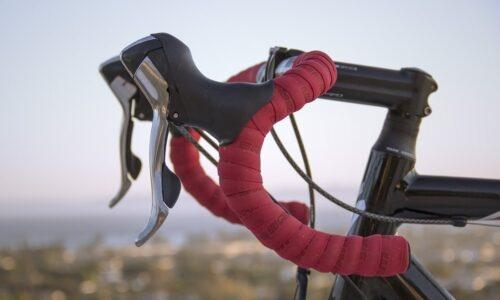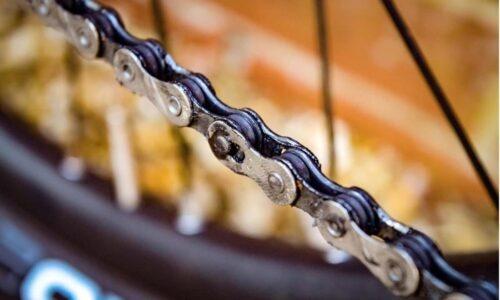When it comes to cycling, there’s no denying that the equipment you use does make a big difference. There are reasons why a $10,000 bike performs better than a $200 bike. That isn’t always the case when it comes to gearing though.
We are often asked, “How many gears do I need on my bike?”. You would be surprised at the answer because more gears aren’t always better.
It can actually make your riding harder. In this article, we’ll be telling you everything you need to know.
How Do Bike Gears Work
Bike gears can be challenging to understand. What makes gears work is the ratio between the front and rear cogs.
These ratios can help you climb hills easily and descend with lots of extra speed. An easy way to understand gearing is to break it down.
Chain
The chain is what connects the rear cog to the front chainrings. Using the derailleurs controlled by the shifters, you can move the chain around the system easily and quickly without it getting blocked or stuck.
The Rear Cassette
The larger the cog on the rear wheel, the easier you will find climbing and lower speeds. The smaller the cog on the rear wheel, the better it will be for descending and much higher speed.
The Front Chainrings
The front chainrings work the opposite of the rear cassette. The larger the chainring, the better for higher speeds and descending, and the smaller the chainring is better for climbing.
The Shifters
Finally, we have the shifters. These typically sit on the handlebars, and you use them while riding.
The left shifter will control the chain around the chainrings on the front. The right shifter will control the chain around the rear cassette.
What does the number of speeds mean?
The number of speeds on a bike is calculated by taking the number of chainrings on the front and times it by the number of rear cogs. For example;
| Chainrings | Rear Cogs | Total Gears |
| 1 | 12 | 12 |
| 2 | 7 | 14 |
| 3 | 9 | 27 |
| 2 | 12 | 24 |
A lot of cyclists also refer to these as speeds. Going back to the 1980s, you had 2×5 gearing systems giving 10 speeds as a standard.
A decade later, we had 3×7 systems giving 21 speeds. This meant you had more gears to play with when it came to climbing and descending, and more challenging cycling could be done by less fit riders.
When it hit the 2000s, the story did change a bit, and we started to give ourselves fewer gears. It went from 3×9 giving 27 speeds, to 2×10, only giving 20.
Then in 2010, it went to 2×11 giving 22 speeds, which became the standard. Shortly followed by 1×12 groupsets in recent times giving only 12 speeds.
Speeds Are Nothing Ratios Matter
Many cyclists think the more speeds you have, the more ability your groupset has. This is rarely the case. It all comes down to the ratios, and here’s a simple way of understanding it.
The two figures that matter are the lowest and highest ratios. The calculation to work this out is to divide the smallest chainring by the biggest cog on the lower. On the higher, it’s the largest chainring by the smallest cog.
In this diagram, we will use common groupsets with some of their standard size chainrings and cassette cogs.
Low Ratios
| Groupset | Gearing | Smallest Chainring | Largest Cog | Ratio |
| Shimano 105 | 2×11 | 34t | 32t | 1.06 |
| SRAM Rival | 1×11 | 40t | 40t | 1.00 |
| Dura Ace Pro | 2×12 | 39t | 30 | 1.30 |
The lower the number, the better you can climb. So you can see here that the Shimano 105 can go as low as 1.06 with 22 total speeds. Then you have the SRAM Rival, which can go all the way down to 1.00 on only 11 speeds.
The better groupset for climbing would be the SRAM Rival. It may have fewer speeds, but it gives a much lower ratio, meaning more climbing ability.
High Ratios
| Groupset | Gearing | Smallest Chainring | Largest Cog | Ratio |
| Shimano 105 | 2×11 | 50t | 11t | 4.55 |
| SRAM Rival | 1×11 | 40t | 10t | 4.00 |
| Dura Ace Pro | 2×12 | 53t | 11t | 4.82 |
The higher the number, the better your bike will be for descending and higher speeds. You can see here the SRAM Rival, which has the most ability for climbing, also has the least ability for descending.
The Dura-Ace groupset commonly used by professionals has the biggest chainring, which gives it the most ability when it comes to higher speeds, but it has much less ability when it comes to climbing. The reason why Dura-Ace has such high ratios is that it’s made for strong riders.
How Many Gears Do You Need on Your Bike?
Quite simply, the number of gears doesn’t really matter. It all comes down to the ratios of gears. We highly recommend getting gearing which offers a lot of lower ability, as this is what you generally will be using much more.
You spend much more time climbing than descending. A great tool for working out your ratios is a Bike Ratio Calculator.

Robbie Ferri has spent years working in a bike shop, has worked with industry leading brands on product creation, has been a semi pro athlete, and is a fully qualified strength and conditioning coach. He has broken World Records, bikepacked all over the World and raced ultra distance at a top-level.





